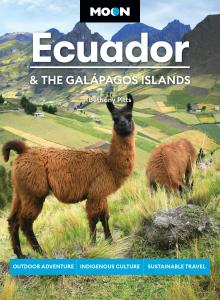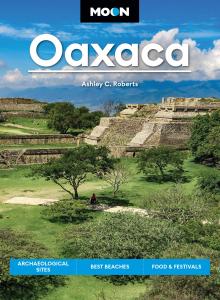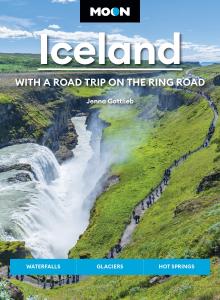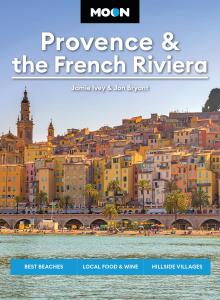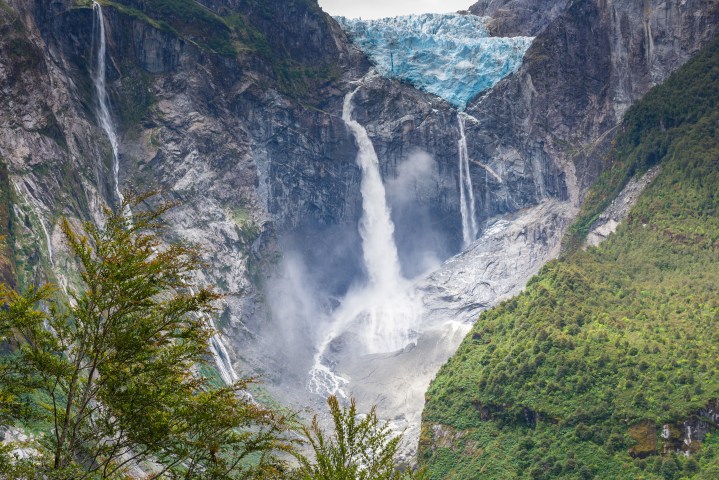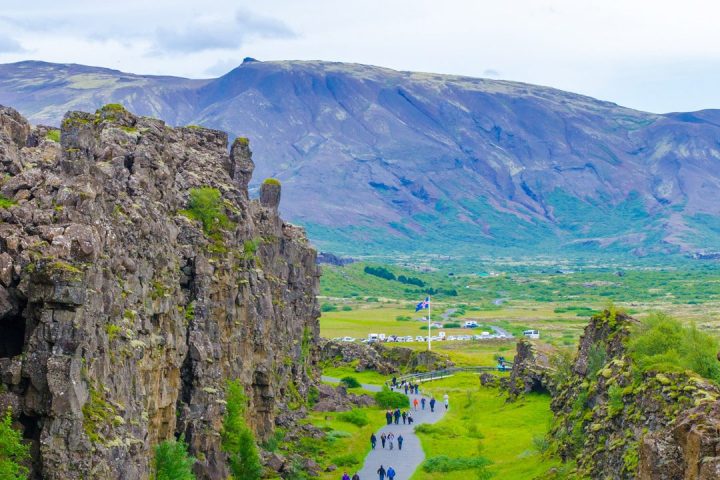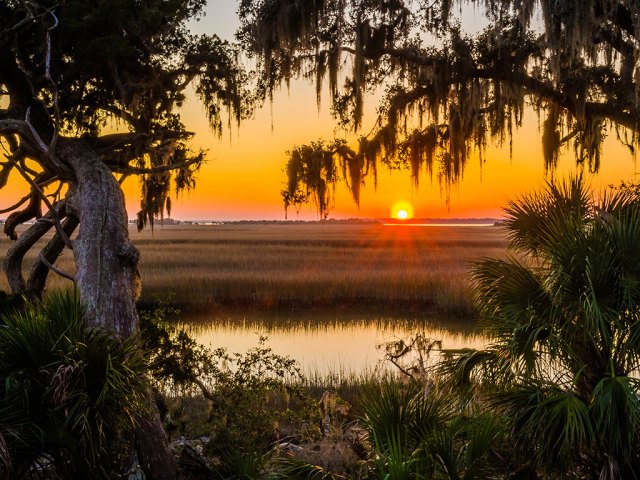Best National Parks Around the World
From the red desert of Arches to the icy glaciers of Kenai Fjords, America’s popular national parks are a testament to its diverse natural beauty.
But the United States’ national parks are just the tip of the iceberg. Countries all around the world have protected some of their most amazing stretches of wilderness, and we can’t wait to visit them all. Here are a few of the incredible national parks outside the U.S. that are topping our bucket lists.
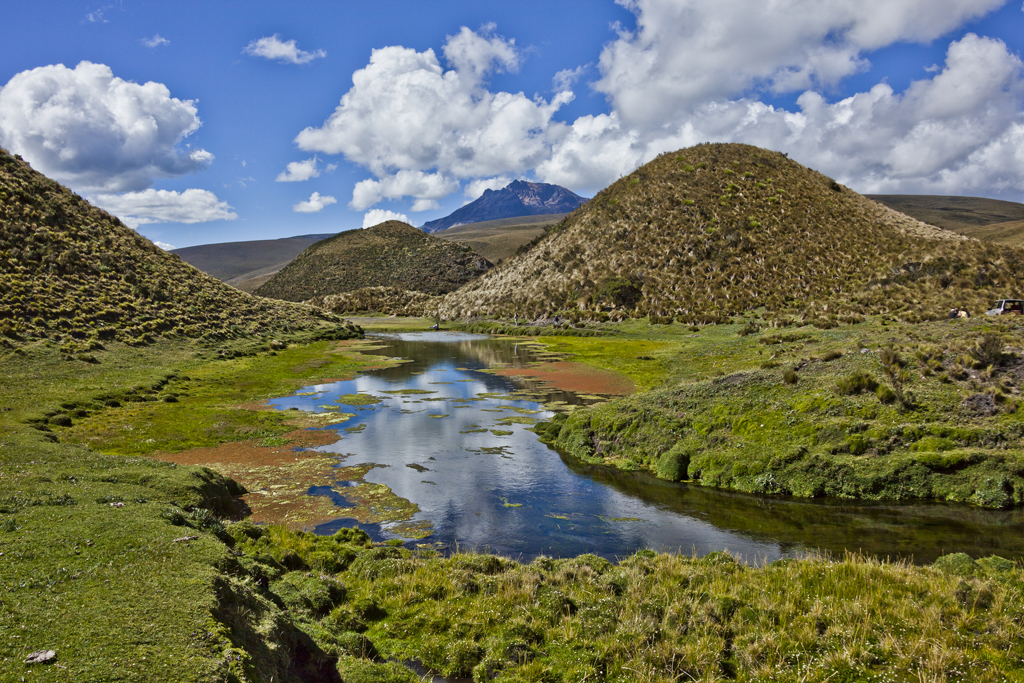
Parque Nacional Cotopaxi, Ecuador
Ecuador’s top mainland national park encloses one of the most beautiful volcanoes in the Americas. Llamas graze and wild horses gallop on grasslands strewn with wildflowers, including clouds of purple lupines. Higher up, the landscape is barren and lunar, a stark canvas from which to marvel at the colossus that is Volcán Cotopaxi, whose name means “Neck of the Moon.” This is Ecuador’s second tallest peak after Chimborazo, and one of the world’s highest active volcanoes. It’s often shrouded in clouds, but the weather is ever-shifting and, when Cotopaxi does choose to show her face, it’s an awe-inspiring sight.

Gros Morne National Park, Canada
Gros Morne National Park, which is a UNESCO World Heritage Site, fronts the Gulf of St. Lawrence on a coastal plain rimmed with 43 miles of sandy and cobblestone beaches, sea stacks, caves, forests, peat bogs, and breathtaking saltwater and freshwater fjords. Innumerable moose, arctic hares, foxes, weasels, lynx, and a few bears roam the park, plus two large herds of woodland caribou, bald eagles, ospreys, and many other bird species. The Tablelands section of the park is made of peridotite, an igneous rock found in the earth’s mantle, that forms an oddly moonlike landscape perfect for an adventurous hike.

Parque Nacional Lagunas de Chacahua, Mexico
The Parque Nacional Lagunas de Chacahua near Oaxaca, Mexico comprises 55 square miles of lush tropical vegetation and mangrove forests and seven salty lagoons. Tens of thousands of migratory birds call this a temporary home, including herons, storks, pelicans, and spoonbills.
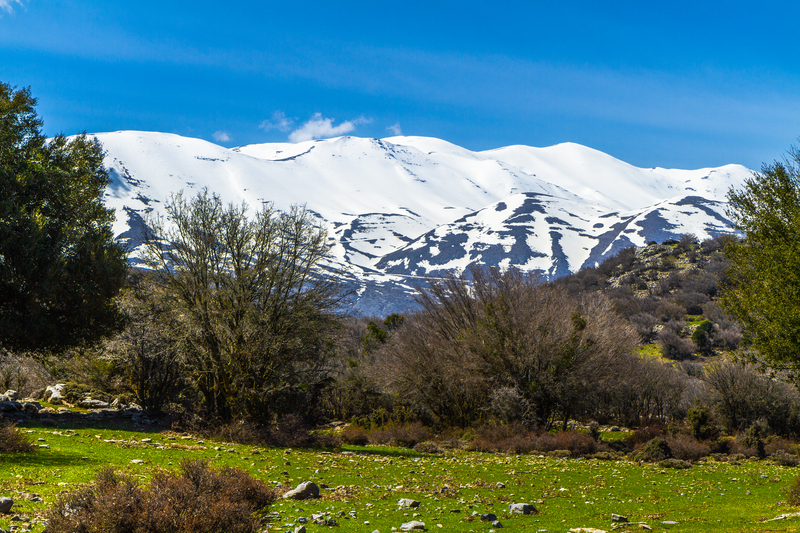
Psiloritis Natural Park, Greece
Psiloritis Natural Park is a beautiful and wondrous place where you will come across caves, gorges, plains, thick forests, and babbling brooks. Some of the most interesting features of the park are the mitata (slate stone huts built by shepherds) that are strewn about the park and were used by shepherds and farmers for centuries. Some are still in use today. Hike up to Ideon Cave on Mount Psiloritis to see where, according to ancient myth, Rhea gave birth to a baby Zeus.
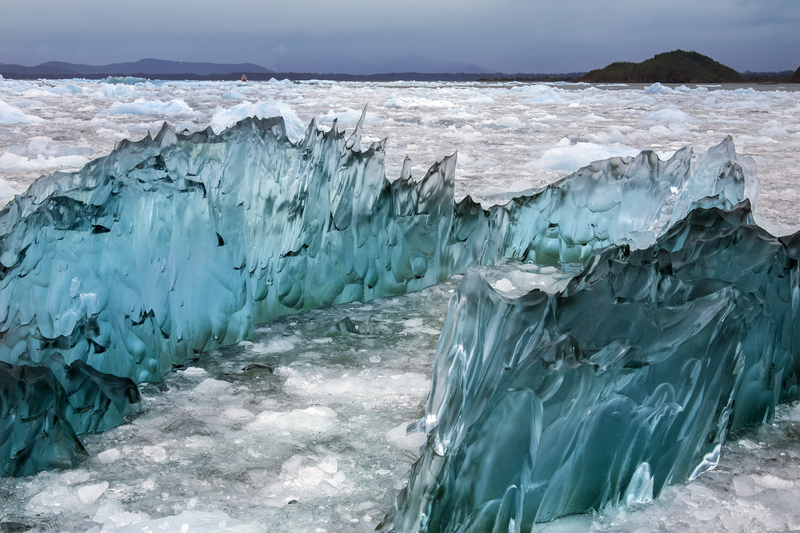
Parque Nacional Laguna San Rafael, Chile
Comprising rugged terrain of glacial-melt fjords, woodland, and the Northern Patagonian Ice Field, Parque Nacional Laguna San Rafael is one of the country’s largest and most remote protected areas. It’s also home to the highest peak in Patagonia, the Monte San Valentín.
Boggy wetlands and dense deciduous beech forest create the ideal cover for small land mammals, including pudús, huemules, foxes, pumas, and the guiña or kodkod—the smallest cat in the Americas. In the fjords and Laguna San Rafael, birdlife, including flightless steamer-ducks, can be spotted, as can acrobatic Chilean and Peele’s dolphins, but at the lake, eyes are on the spectacle of ice calving from the Ventisquero San Rafael. From this 3-km-long (1.8-mi-long), 70-m-high (230-ft-high) wall, ice calves regularly into the lagoon—and never fails to disappoint. The booming echo of the splintering ice and crash as it is swallowed by the water is a sound few forget.
Newsletter Signup
By clicking ‘Sign Up,’ I acknowledge that I have read and agree to Hachette Book Group’s Privacy Policy and Terms of Use

Snæfellsjökull National Park, Iceland
The Snæfellsjökull glacier became world famous after author Jules Verne described it as the starting point for the titular journey in Journey to the Center of the Earth. Top sights in Snæfellsjökull National Park include stunning seaside cliffs, black rock beaches, a lava cave, and of course the glacier. Take some time, wear comfortable yet sturdy footwear, and bring your camera.
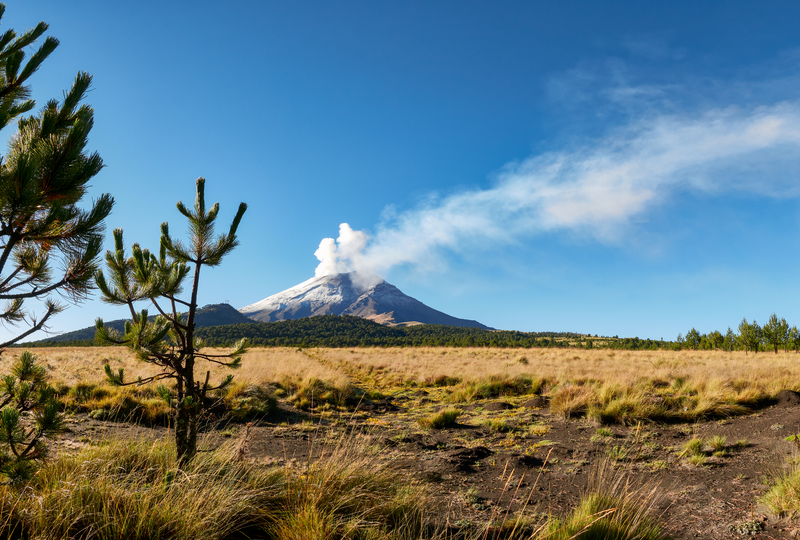
Parque Nacional Iztaccíhuatl-Popocatépetl, Mexico
The beautiful peaks of Popocatépetl and Iztaccíhuatl are the crown jewels of a national park, Parque Nacional Izta-Popo, a surprising refuge of natural beauty located in the middle of the most densely populated region in Mexico.
A symmetrical cone and the second-highest peak in Mexico, Popo has become all the more picturesque, but perhaps a touch more troublesome, since it woke from a decades-long slumber in 1994. In the year 2000, the largest eruption in 1,200 years occurred on the mountain, and it remains one of Mexico’s most active volcanoes, frequently spewing smoke and ash into the air. Craterless Izta, just 16 kilometers north, lies dormant beside it.

Calanques National Park, France
Calanques National Park is the only national park in Europe that includes land, sea, and peri-urban areas. This amazing stretch of biodiverse landscape is home to around 140 different plant and land animal species, plus over 60 marine species. After hiking along the rugged limestone cliffs, take a refreshing dip in the park’s turquoise Mediterranean waters or kayak around the sheltered inlets.
Pin It for Later

